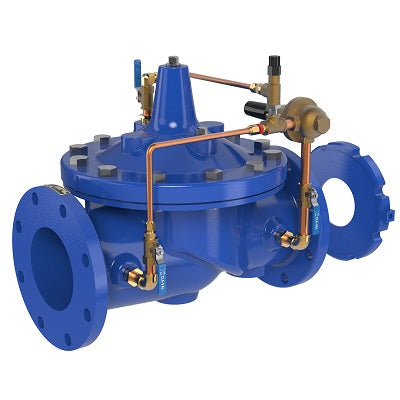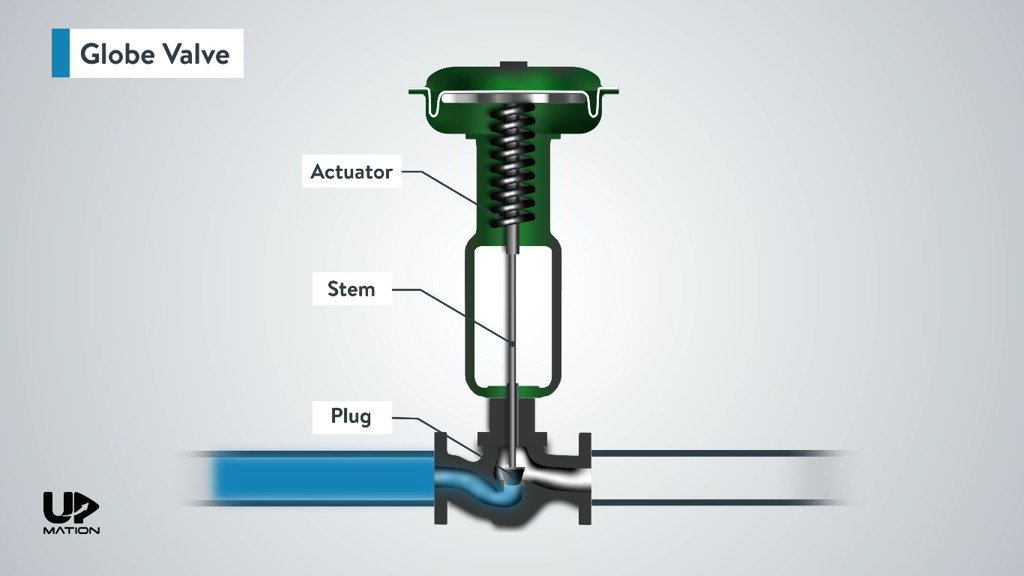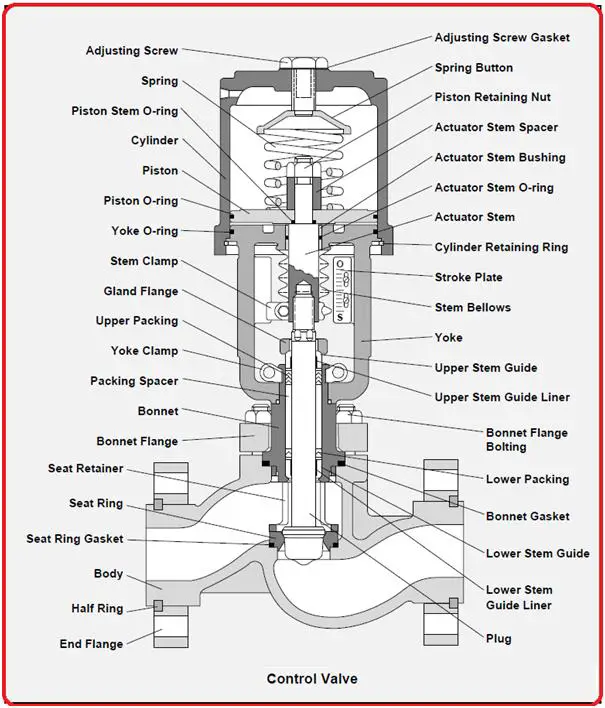Cutting-edge Control Valves: Enhancing Precision and Dependability
Cutting-edge Control Valves: Enhancing Precision and Dependability
Blog Article

Maximize Energy Savings and Comfort With Advanced Building Automation Controls
In the world of contemporary architecture and facility management, the assimilation of advanced building automation controls stands as a critical development. By taking advantage of the power of automation, structures can adapt, react, and advance in means that were once unimaginable.
Energy Performance Benefits
Energy performance benefits can significantly decrease power intake and functional expenses in buildings. Energy-efficient systems, such as sophisticated building automation controls, can maximize the use of sources like heating, lighting, and cooling, leading to reduced energy expenses over time.
Moreover, enhanced energy effectiveness can prolong the life expectancy of structure equipment and systems. By running more efficiently, cooling and heating systems, lighting fixture, and other structure parts experience less deterioration, leading to minimized upkeep and replacement prices. Additionally, energy-efficient buildings typically regulate greater residential property values and rental prices, supplying long-lasting financial benefits to owners.
Moreover, power efficiency can enhance occupant comfort and productivity. Correctly regulated interior settings with optimum illumination and thermal problems create an even more pleasurable and helpful work space, resulting in improved staff member contentment and performance. Overall, the power performance benefits related to advanced building automation controls are complex, encompassing expense savings, environmental stewardship, and passenger health.
Enhanced Convenience Control
Enhancing convenience control in building atmospheres needs an advanced assimilation of sophisticated automation systems for optimal resident health. By using advanced building automation controls, facilities can tailor the interior environment to fulfill the particular needs and choices of residents. These systems enable specific regulation of ventilation, temperature level, and lights, creating a comfy and effective environment. Occupant complete satisfaction and efficiency are very closely linked to thermal comfort, making it necessary to have systems in area that can adapt to transforming conditions in real-time.
By integrating these sophisticated controls, structures can not only improve comfort however likewise improve power effectiveness by enhancing system operations based on real occupancy and use patterns. Ultimately, prioritizing resident convenience through innovative automation systems leads to an extra pleasurable and healthier interior environment.
Functional Performance Improvements

Furthermore, the application of real-time tracking and analytics tools allows structure operators to recognize energy inadequacies and functional abnormalities quickly. By continually keeping track of energy usage patterns and system performance metrics, adjustments can be made in real-time to maximize power intake and make certain peak functional performance. control valves. Furthermore, integrating need feedback techniques right into building automation controls can even more boost operational effectiveness by dynamically changing power use based on grid conditions and prices signals
Indoor Climate Optimization
Effective interior climate optimization is a fundamental element of structure automation controls, ensuring occupants' comfort and health while maximizing power financial savings. By making use of innovative sensing units and controls, building automation systems can continuously monitor and change temperature level, humidity degrees, air quality, and ventilation to develop an optimal interior setting. Preserving comfortable and consistent problems not only enhances passenger contentment but additionally boosts efficiency and total wellness.
Indoor climate optimization also plays a critical role in energy performance. By fine-tuning ventilation, heating, and air conditioning systems based upon real-time information and occupancy patterns, developing automation controls can substantially decrease energy intake - control valves. Carrying out methods such as demand-controlled ventilation and thermal zoning can aid decrease power waste while making certain get redirected here that each area of the building gets the essential conditioning.

Lasting Setting Production
Structure automation regulates not just maximize indoor environment problems for power efficiency and occupant convenience however likewise lay the structure for developing a sustainable atmosphere through critical management of resources and systems. By integrating sophisticated building automation innovations, such as sensors, actuators, and intelligent software application, centers can change and keep an eye on power use in real-time to decrease waste and reduce their carbon impact. These systems allow predictive upkeep, determining prospective issues before they escalate and optimizing devices efficiency to improve longevity and efficiency.
Furthermore, sustainable setting Visit Website creation expands beyond power administration to incorporate water preservation, waste decrease, and indoor air quality enhancement. Structure automation controls can manage water usage, identify leakages, and make certain appropriate garbage disposal methods, adding to total sustainability efforts. Additionally, by regulating and keeping an eye on air flow and filtration systems, these innovations improve owner health and productivity while reducing power intake related to cooling and heating operations.
Verdict
Finally, progressed structure automation regulates offer substantial advantages in regards to power cost savings, comfort control, operational efficiency, interior environment optimization, and creating a sustainable atmosphere. By carrying out these controls, structures can accomplish optimum performance while reducing power intake and boosting owner comfort. It appears that making use of advanced automation technology is crucial in improving building performance and creating a more lasting future.
Energy effectiveness benefits can dramatically minimize power consumption and functional expenses in buildings. In see this general, the power effectiveness advantages associated with sophisticated structure automation controls are complex, incorporating cost financial savings, ecological stewardship, and passenger wellness.
Additionally, integrating need reaction approaches into structure automation controls can further boost functional performance by dynamically changing power use based on grid conditions and rates signals.
Building automation manages not just optimize interior environment problems for energy efficiency and occupant comfort but also lay the structure for developing a lasting setting via calculated monitoring of sources and systems.In conclusion, progressed structure automation controls offer substantial benefits in terms of energy savings, convenience control, operational effectiveness, indoor climate optimization, and producing a sustainable atmosphere.
Report this page